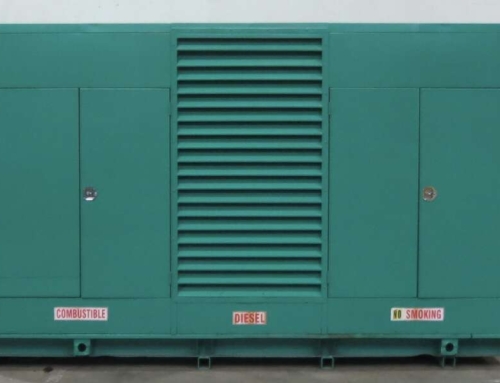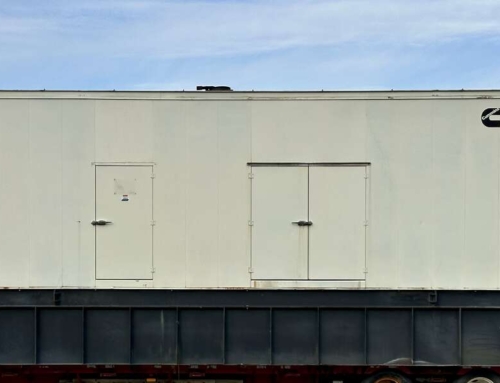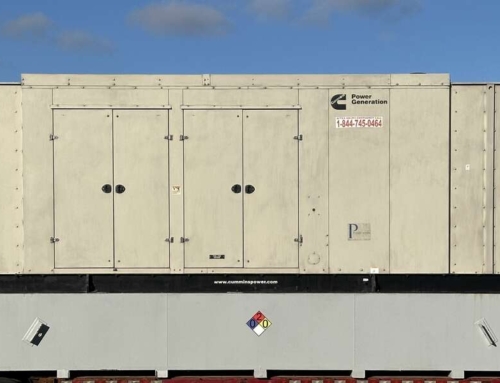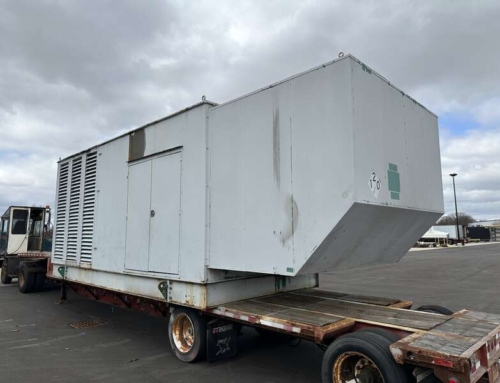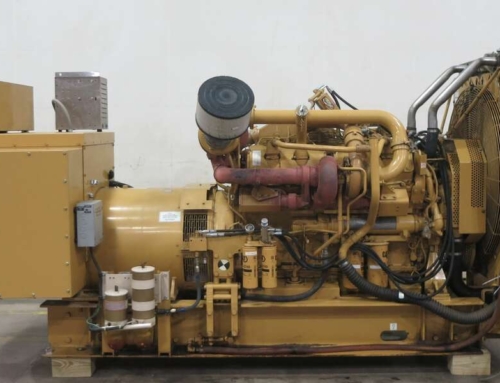In commercial generators, load management involves balancing the power supply and electrical demand to avoid overloading, reduce costs, and prioritize critical equipment thereby managing power consumption. Before we dive deep, let’s learn the basics of load management.
What is load management?
Load management or Demand Side Management controls the power consumption to enhance the usage of power resources. The main purpose of load management is to make sure the generator capacity is not transcended, the critical equipment remains running and all nonessential applications will be disconnected if required.
Some of the benefits of load management are:
- Prevent generator damage or premature failure due to overloading.
- Prioritizing critical equipment like medical devices or safety systems will keep them running during high demand or generator outages.
- By reducing non essential loads, you can save energy costs and even use a less expensive generator.
- It improves power quality, avoids voltage fluctuations, and prevents equipment damage.
In this blog, we will discuss how load management works and some examples of load management applications.
Table of Contents
- How does load management work in commercial generators?
- Choosing CS Diesel Generators as your load management partner
- FAQs
How does load management work in commercial generators?
Commercial generators use load management methods including load shifting, load shedding, peak shaving, and load bank testing to enhance power distribution, improve generator performance, and to make sure the generator capacity is used effectively. Load management often uses some of the technologies like Automatic Transfer Switches (ATS) and load management modules.
Working of Load Management Methods
Load Shedding
Load shedding disconnects the nonessential loads temporarily to avoid generators exceeding their capacity or overloading.
How does load shedding work?
The load-shedding mechanism has a Load management system or a controller that manages the generator output and automatically disconnects all nonessential loads when required, making sure critical applications are stable and running.
Examples
When the generator capacity is strained, the power to nonessential equipment is shedded.
Benefits:
- Prevent generator damage
- Reduce electricity costs
- Supplies continuous power to critical loads
Load Shifting
Load shifting delays or reschedules non-critical loads to occur on non demand hours when the generator capacity is lower.
How does load shifting work?
It works based on two processes: rescheduling and energy storage.
- Rescheduling: The energy-intensive tasks including operating appliances, running industrial processes, and charging electric vehicles shifted to times when energy deemed is less by organizations.
- Energy storage: Utilizing batteries and other energy storage devices to store energy during off-demand hours and release the energy during peak hours facilitates load shifting.
Examples:
- Charging electric vehicles, batteries, or energy storage devices overnight instead of doing it in peak hours.
- Delaying some of the less important industrial processes to off-demand hours.
- Utilizing timers to run industrial appliances during off-demand hours.
Peak Shaving
Peak shaving reduces energy consumption during peak hours to avoid energy costs and grid instability.
How does peak shaving work?
Peak shaving temporarily reduces the energy loads during peak hours to avoid a surge in energy usage and avoid high demand charges.
- Many utility companies charge higher rates during peak demands; it is calculated according to the electricity consumed during peak periods within the billing cycle. Peak saving aims to reduce consumption during peak hours.
- To avoid the high charges, peak shaving implements the following strategies.
- Curtailment: Suiting down or reducing nonessential appliances or processes to reduce electricity consumption
- Energy Storage: Making use of battery energy storage systems to store energy during off-demand hours and using it during peak hours.
- Taking measures to reduce overall energy consumption to reduce peak demands.
- On-site generation: Generating power through solar panels, generators, or wind turbines to replace electricity during peak hours.
- Microgrids: Create a localized grid that operates independently without reliance on the main grid for better control over energy usage during peak hours.
Examples:
- Reduce electricity costs
- Enhance grid stability
- Improve energy efficiency
- Prevent the need for expensive power plants
Load bank testing
This method runs the generator in a simulated load to make sure it handles maximum capacity.
How does load bank testing work?
A load bank stimulates the electrical load that the generator is expected to supply. It follows the following procedure.
- First, connect the load bank to the generator
- Start and reach the operating temperature
- Gradually increase the load until the required level is reached
- Check the generator performance under load
- Gradually reduce and allow the generator to cool down
Benefits
- Verified operational performance of the generator
- Identifies potential problems and performs timely fixes and maintenance
- Load banks evaluate the performance of generators and other power sources.
Automatic transfer switch (ATS)
An automatic transfer switch automatically transfers the power from the utility grid to the generator when there is a power outage.
How does ATS work?
When there is a power outage, the ATS automatically switches the load to the generator and when power returns, ATS switches back to the power grid.
Benefits
- Uninterrupted power supply during power outages
- Keep essential equipment up and running
- Provide better results in conjunction with load management systems
Load management modules
- Load management modules are used to control operation loads connected to the generator, strategies include:
- Direction intervention: Directly intervene in real-time to manage the load.
- Ripple Control: Ripple control uses frequency circuit relays to stimulate circuit breakers.
- Timers: Set timers to schedule equipment or systems to work in off-peak hours.
- Special Incentives: Offers special incentives and disincentives when using energy during specific periods.
Choosing CS Diesel Generators as your load management partner
CS Diesel generators provide a wide range of used and new indoor and outdoor commercial generators for industries and businesses. Our experts provide installation, services, and after-sales support for all our customers. To implement load management in your commercial generator and save electricity costs, talk to our qualified technician today.
FAQs about Load Management for Commercial Generators
What is load management?
The load management manages power consumption by balancing power supply and electrical demand to avoid overloading, reduce costs, and prioritize important equipment.
What are the methods involved in load management?
Some of the load management methods include load shifting, peak shaving, load shedding, and load bank testing.

